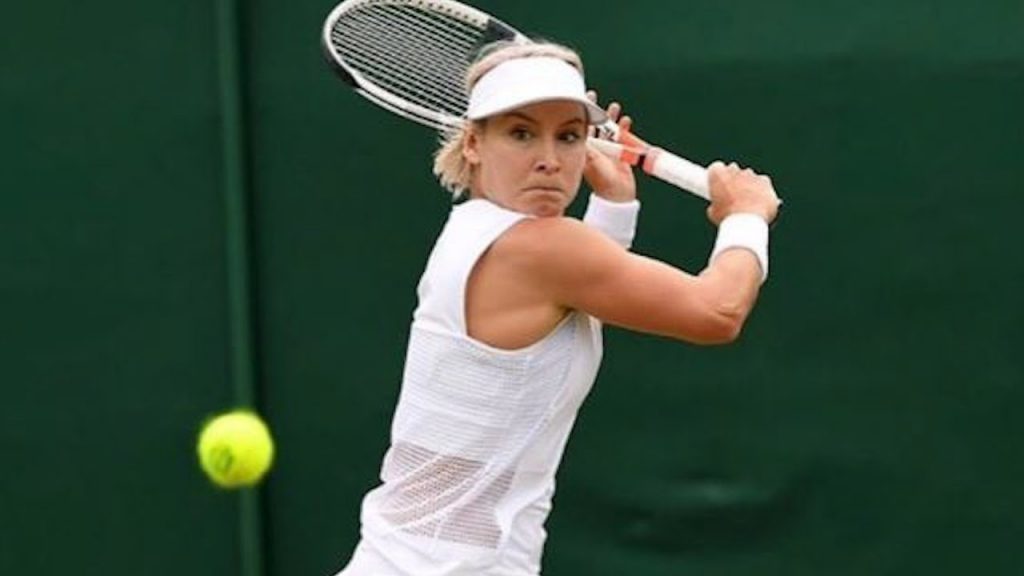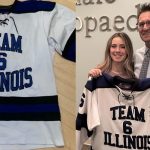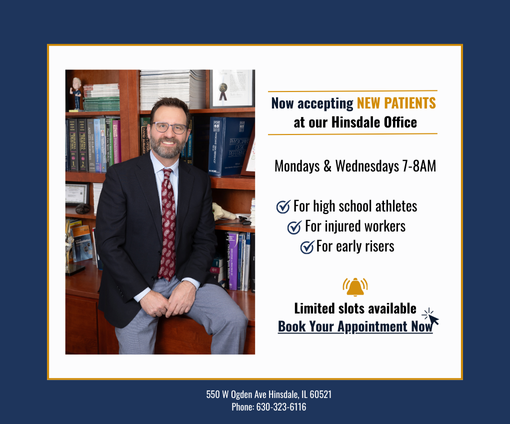
Knee Surgery Needed for Top U.S. Tennis Player
In the second round of her Wimbledon singles match, 32-year old American and top doubles seed Bethanie Mattek-Sands collapsed on to the grass court when her right knee buckled. Mattek-Sands, ranked No. 1 in doubles, was taken to the hospital for evaluation and treatment. According to news reports, Mattek-Sands will undergo surgery to repair a dislocated right patella (kneecap) and a ruptured patella tendon that will most likely keep her out of the game for as long as one year.
The patella undersurface is a broad V-shaped convex bone and it sits in a matching groove on the femur known as the trochlea. Patellar dislocations occur when the patella is displaced from its normal position on the trochlea. Thus, the normal relationship between the patella and the trochlea is disrupted. Typically, the patella returns to its normal (reduced) position when the knee is straightened.
Signs and symptoms of a Patellar Dislocation/Subluxation include but are not limited to:
• Severe pain when attempting to move the knee
• Tenderness, swelling, and bruising of the knee
• Numbness or paralysis below the dislocation
• Deformity of the outer knee caused by the dislocated patella
• Lump on the inner knee, which is the end of the inner part of the thigh bone (femur)
Signs and symptoms of a Patella Tendon Tear/Disruption include but are not limited to:
• A pop or rip felt at the knee or under the kneecap at the time of injury
• Pain, tenderness, swelling, warmth, or redness over and around the patellar tendon
• Pain when trying to forcefully straighten the knee or bend the knee
• Inability to straighten the knee when seated
• Crepitation (a crackling sound) when the tendon is moved or touched
• Bruising at the patellar tendon and knee after 48 hours
• Loss of firm fullness when pushing on the area where the tendon ruptured
After immediate reduction (repositioning of the bones to the joint), treatment for a patellar dislocation consists of compression, ice, and physical therapy. The reduction can be performed without surgery; however, surgery may be needed in order to remove loose fragments of bone and/or cartilage caused by the dislocation or a repeated dislocation.
The second component of Mattek-Sand’s injury included a torn patellar tendon, which requires surgical treatment in order to repair the torn tendon. Post-surgical recovery involves immobilization of the knee with a brace for up to 6 weeks. Additionally, physical therapy is usually required in order to regain knee motion and strength. Athletes are often allowed to return to their sports within 4-6 months.
Dr. Steven Chudik has been treating patients with patellar injuries and other sports injuries, including shoulder and knee injuries, since 2002 throughout the Chicago area—including LaGrange, Naperville and Elmhurst—as well as patients from both coasts. He has convenient hours and clinic locations plus onsite X-ray and MRI imaging capability. To schedule an appointment with Dr. Chudik, call 630-324-0402, or schedule online.
The opinions provided by Dr. Chudik are just that, opinions. However, they are based on more than 15 years of experience treating athletes with elbow injuries and on the information available at the time of publication. Dr. Chudik did not perform a formal physical assessment and/or diagnosis on Bethanie Mattek-Sands.









